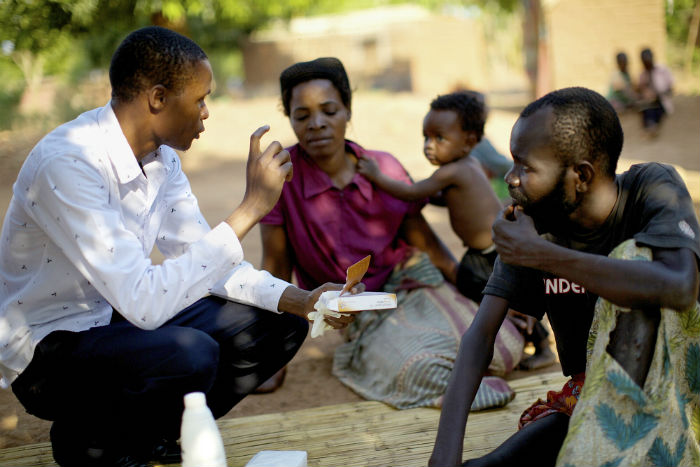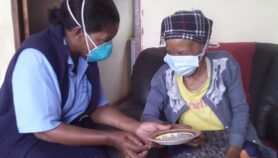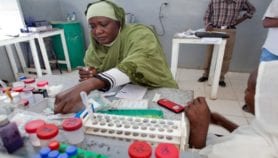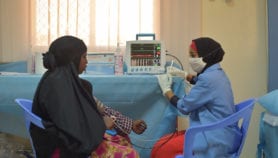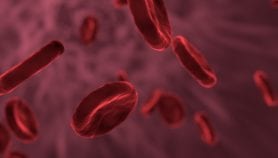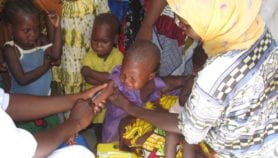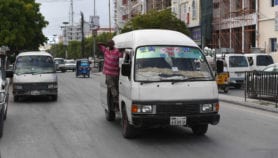By: Gilbert Nakweya
Send to a friend
The details you provide on this page will not be used to send unsolicited email, and will not be sold to a 3rd party. See privacy policy.
[NAIROBI] The adoption and increased use of child-friendly medicines is helping Kenya improve the treatment of tuberculosis (TB) and child survival, according to the country’s Ministry of Health.
Kenya is a high tuberculosis burden country with children estimated to comprise about 10 per cent of all TB cases, a large fraction of these cases remaining undiagnosed and untreated despite seeking medication at health centres, according to a statement from the Ministry of Health last month (24 March) during the World TB day celebration.
“We want to institutionalise this initiative, especially with educational institutions in the country using children as agents of change.”
Enos Masini, Ministry of Health
The statement adds: “Children are at a higher risk of developing severe, often fatal forms of TB, such as TB meningitis, which can leave them blind, deaf or mentally disabled.”
According the health ministry, a major challenge to the treatment of the disease has been the subjection of children for six months to bitter-tasting pills which are not soluble in water.
But since the introduction of child-friendly, water-soluble TB medicines in December 2015 by the TB Alliance, the country is expected to significantly improve treatment and child survival from TB. The improved child-friendly medicines are pleasantly flavoured and easy to administer.
“TB is the world’s leading infectious killer disease and also a major cause of illness and death among children,” says Enos Masini, head of the National Tuberculosis, Leprosy and Lung Disease Program at the Ministry of Health.
Masini tells SciDev.Net that a major aim of the ministry is to increase awareness among people because there are many people not reporting and seeking healthcare.
“We want to institutionalise this initiative especially with educational institutions in the country using children as agents of change,” Masini explains.
According to Masini, Kenya is the first country in the world to nationally roll out free distribution of the improved medicines since October last year.
During a media visit to Kiambu Township primary school last month (20 March), in Kiambu County, officials from the county government and the health ministry awarded prizes to pupils who participated in essay writing on TB.
“This is a day meant for sensitisation,” says Masini. ”We are ready to treat and destigmatise TB patients in our county,”
But Elizabeth Mungai, head of chest clinic at Kiambu level four hospital in Kenya, says that clinicians need to seek more information from parents when diagnosing children. “It is tricky to get the symptoms from children, hence we heavily rely on information from parents and guardians,” she explains.
This piece was produced by SciDev.Net’s Sub-Saharan Africa English desk.


